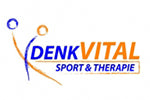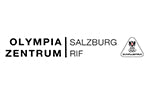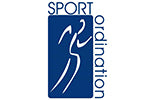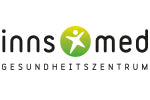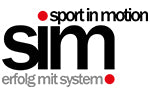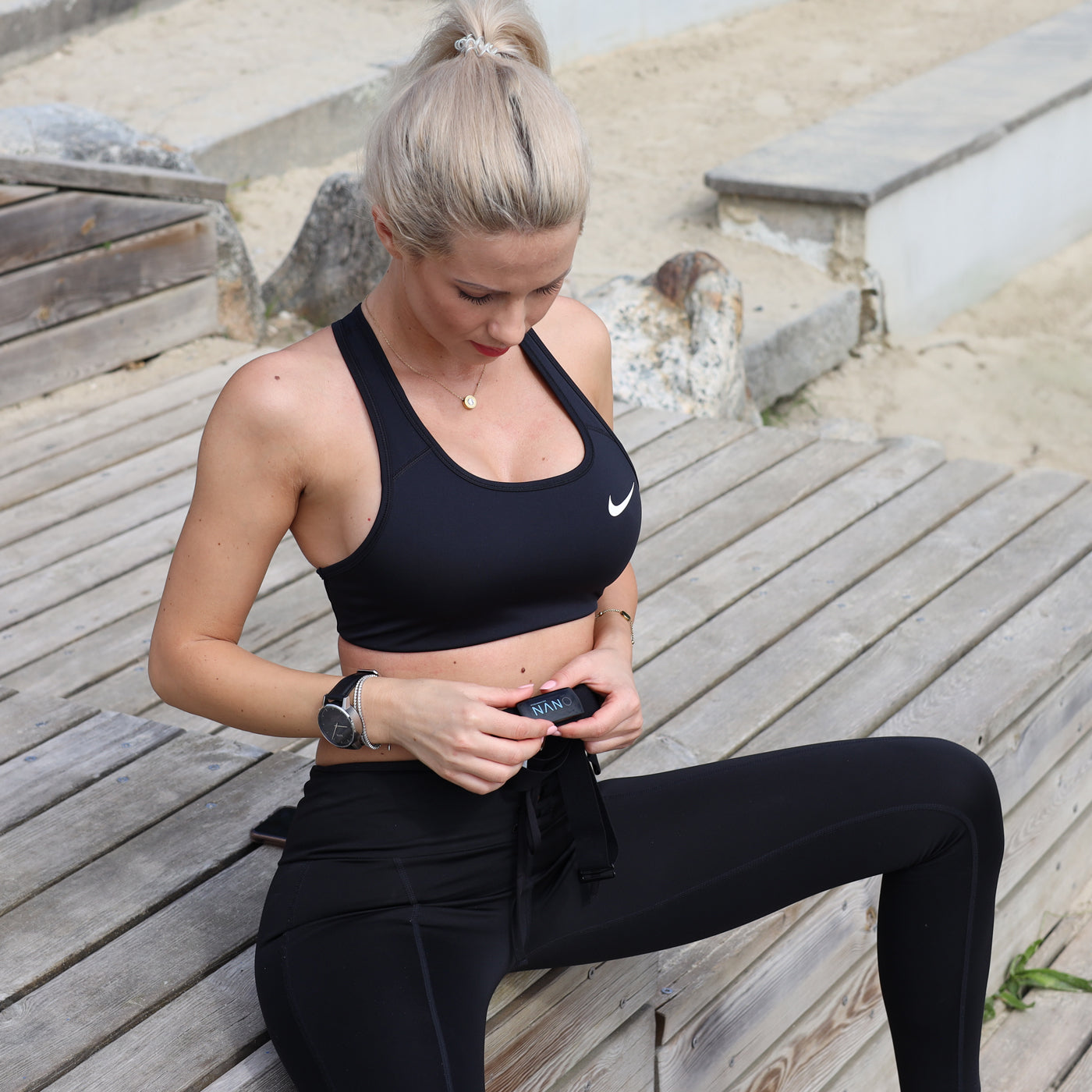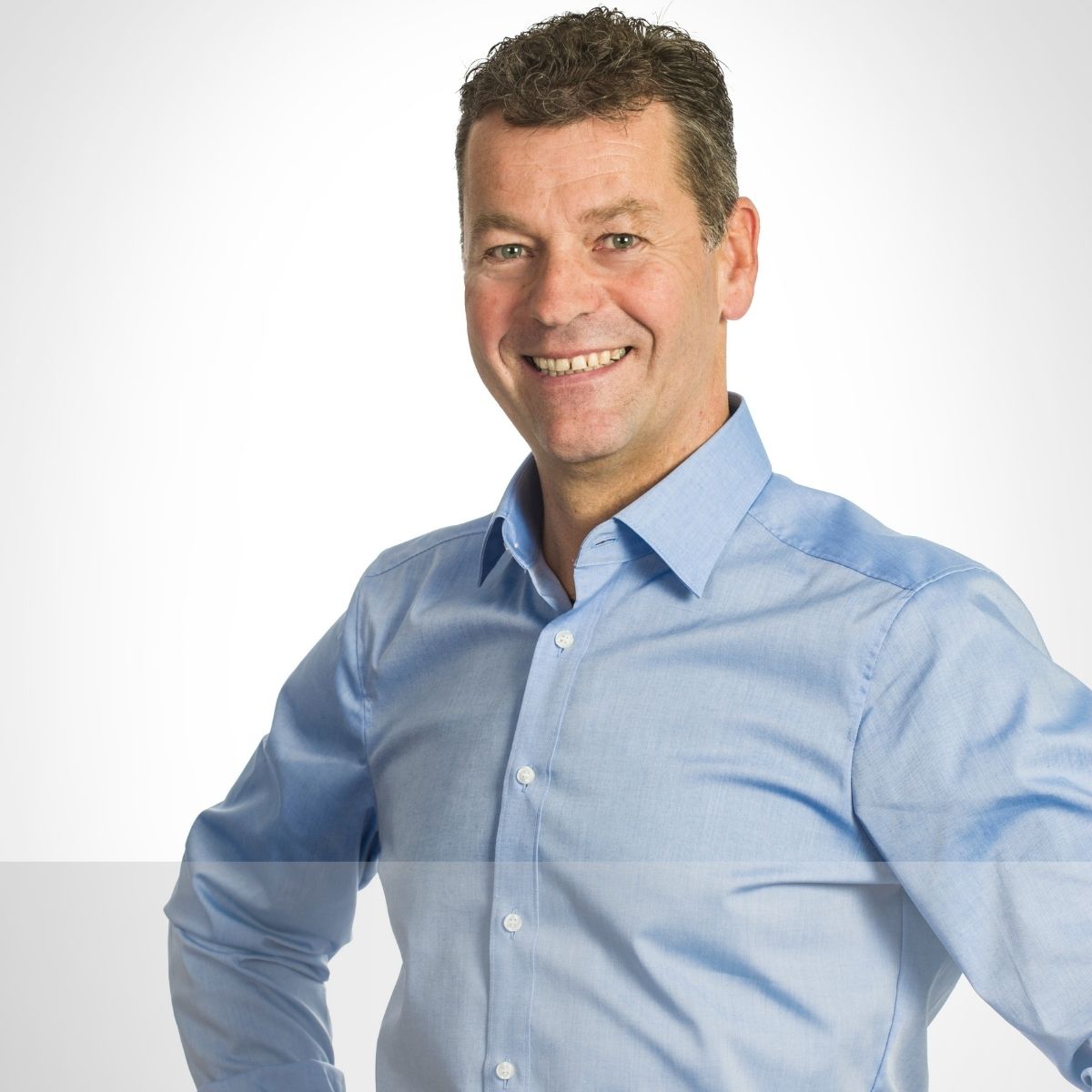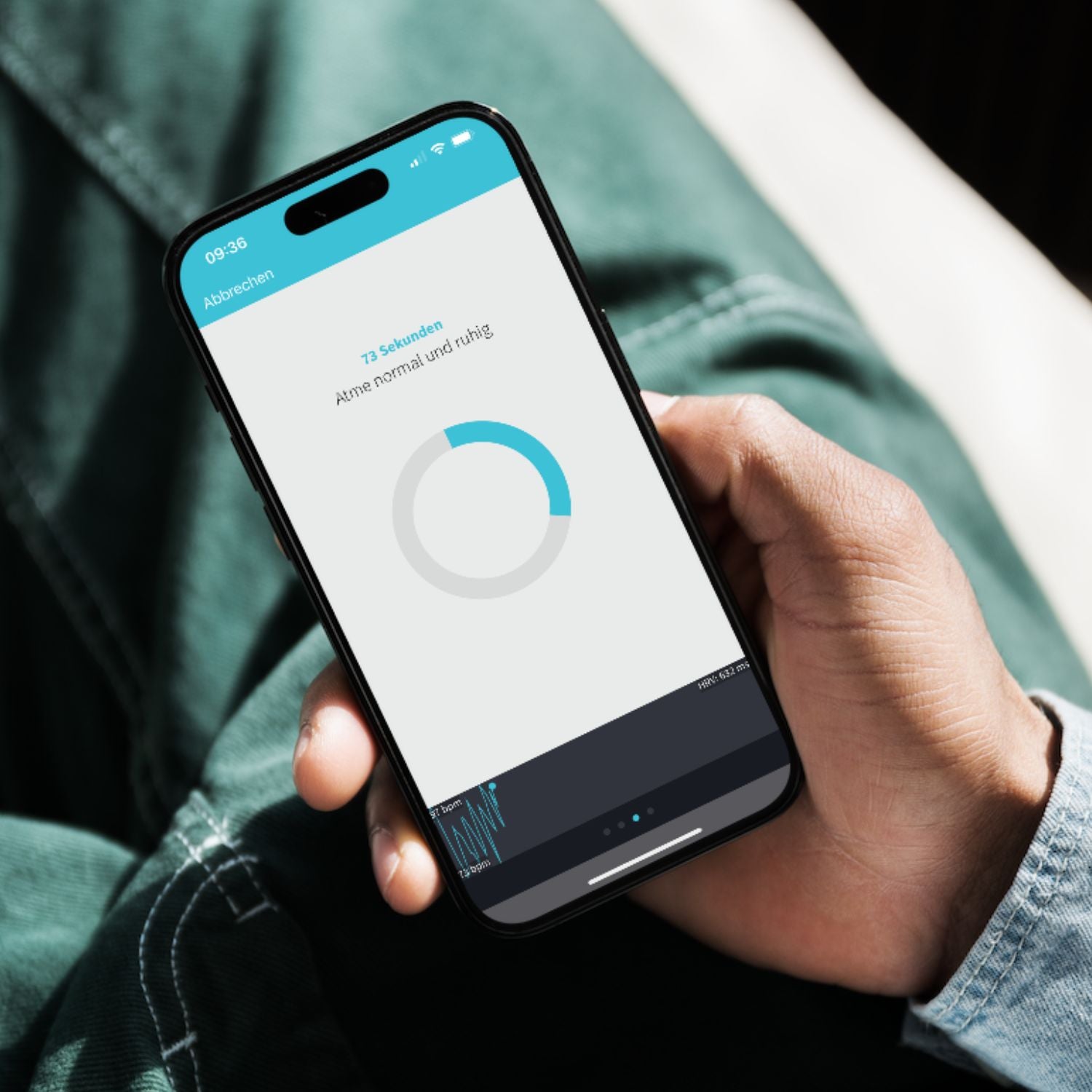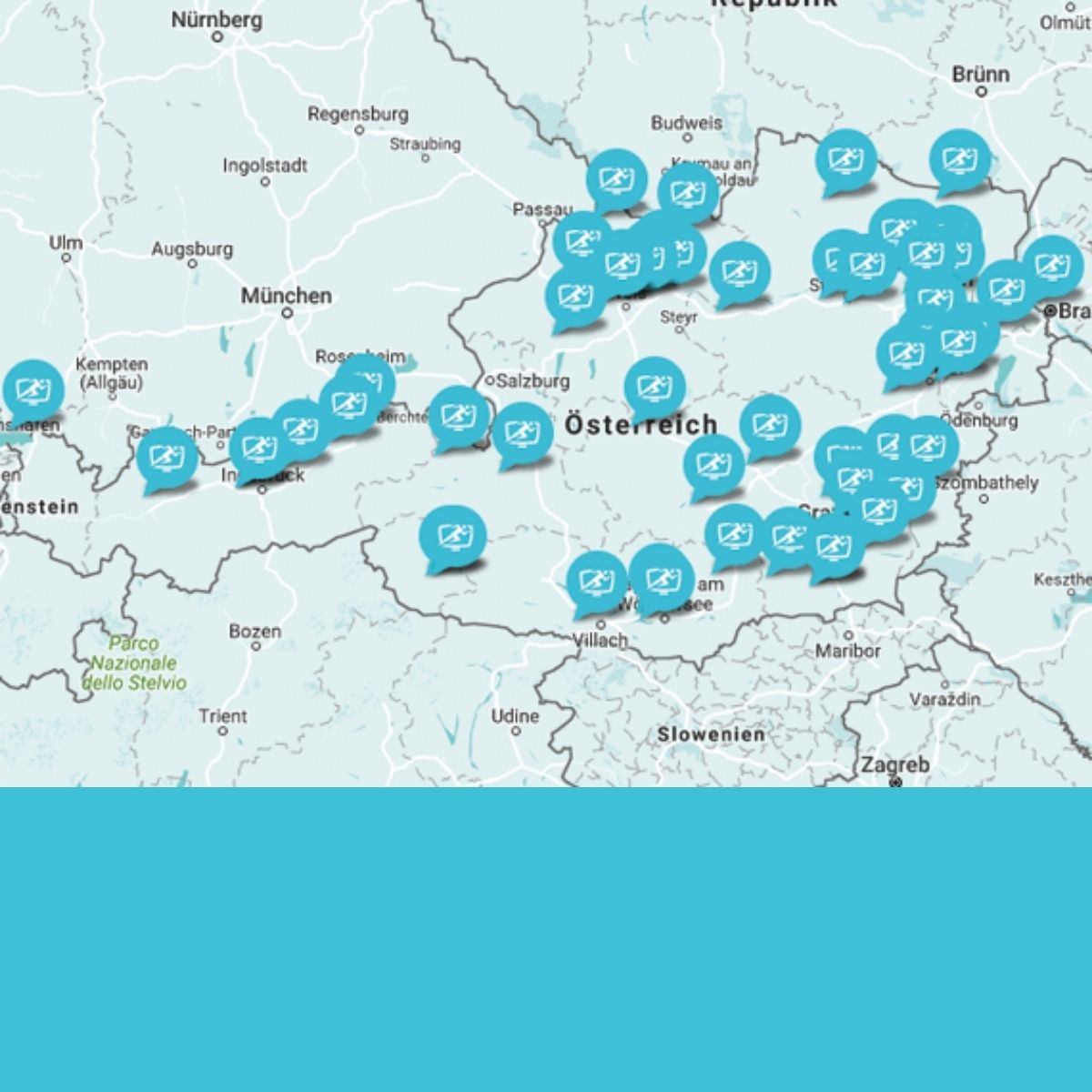What is heart rate variability
The HRV ( heart rate variability or heart rate variability ) is the measure of the change in the time interval between two consecutive heartbeats, also called the RR interval (For more detailed information: HRV in the German Wikipedia ). With the help of the HRV measurement of the vital monitor we can measure stress , regeneration and BioAge (you can see how this works here: heart rate variability ).

DETAILS ON HRV
UNVARIABLE HRV
If your HRV is very unvariable, then it is due to the following factors:
- You are exhausted from work or training
- You are overtraining
- You are suffering from an illness or acute pain
- You are in extreme temperatures or at high sea level
- You suffer from stress, depression, etc.
- You eat poorly
- You drink too much alcohol
- You don't sleep well
VERY VARIABLE HRV
If your heart rate variability is high, the following factors are crucial:
- You are regenerated
- You sleep excellently
- You are euphoric
- You eat optimally
- You are healthy
- You are relaxed and relaxed
How does HRV measurement work?
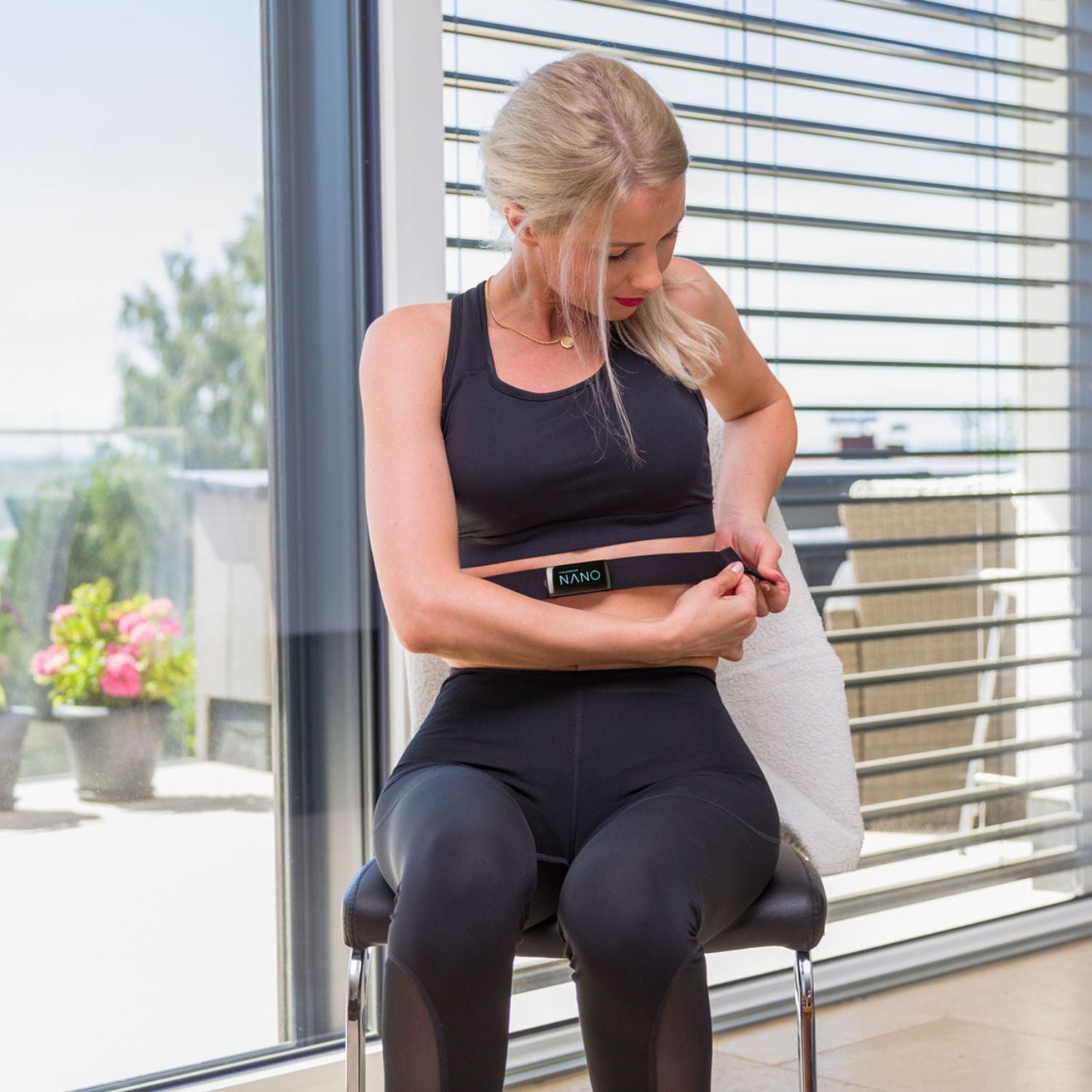
STEP 1
Sit with your back leaning in a quiet place and moisten the contact points of the vital monitor.
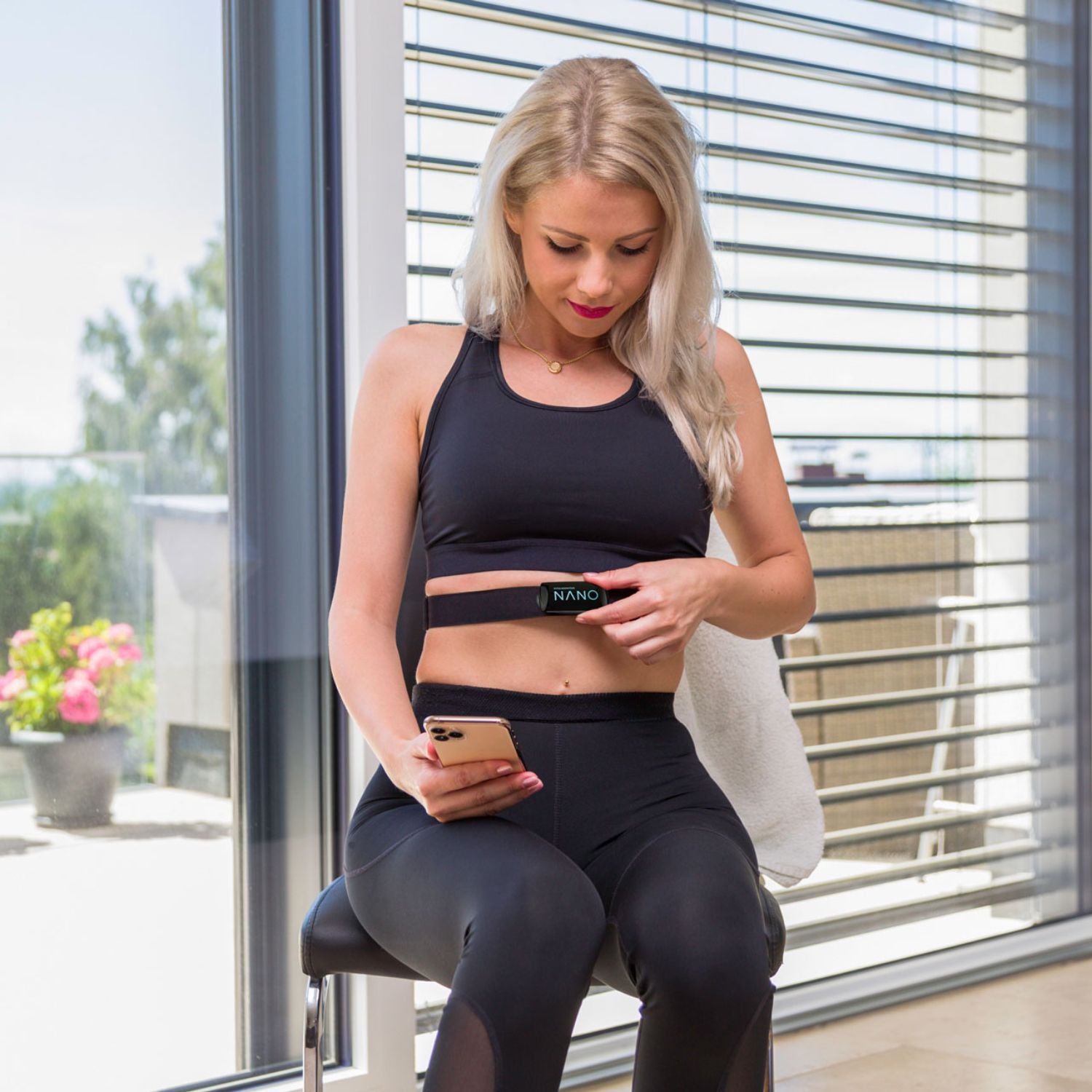
STEP 2
Place the vital monitor just under your chest.

STEP 3
Start the measurement on your smartphone or tablet.

STEP 4
The first phase lasts 2 minutes. Continue breathing normally.

STEP 5
The second phase lasts one minute. Breathe in for 5 seconds and breathe out for 5 seconds.

STEP 6
Immediately after the measurement, your measurement result will be calculated and made available by our servers.
In detail
FOR WHAT PURPOSES IS HRV USED?
We use HRV for three requirements: firstly for measuring regeneration in sports, secondly for measuring stress in the health sector and thirdly for various areas of application in corporate health promotion.

SPORTS
Regular HRV measurements can be used to quickly identify overtraining conditions ( David Dapra: The variability of heart rate , page 8). If you measure regularly and train according to our training recommendations , it is practically impossible to overtrain. This means you train much more efficiently than before, your risk of injury decreases and many of our customers tell us that they perform better with less training (of course this depends on your training intensity). We use HRV measurements not only to identify overtraining, but also to determine your individual regeneration level . From this we determine an individual training recommendation for each individual measurement.

HEALTH MANAGEMENT
A greater variability in heart rate indicates a healthier and more vital current state ( David Dapra: The variability of heart rate , page 5). With our daily measurements you can determine your individual stress level and your BioAge. So you know what is good for you and what has a negative impact on your values. You can test which relaxation exercises best reduce your stress level (test our BioFeedback exercise or read the blog post on “Autogenic Training ”). You can see how exercise affects your stress level and your BioAge.

BGF/OCCUPATIONAL MEDICINE
In the " Guideline for the use of heart rate and heart rate variability in occupational medicine and occupational science " (pages 29-31) the following possible applications are also listed, which we of course also cover:
- Identification of operational stress areas
- Psychological and physical stress analysis of individual employees
- HRV as an indicator of health status
- Derivation of recommendations for action for individual employees
- Recording fatigue and recovery behavior
- Identification of benefits from occupational medicine and health-related interventions
Through years of development work and constant optimization with the help of athletes, sports physicians, doctors and vitality coaches, we have made the Vitalmonitor Nano what it is today:
- Only 1-2 thousandths of a second deviation compared to a standard ECG machine.
- Sensor weighs only 12g.
- Chest band made of flexible fabric.
- Integrated battery.
- Charger included.
- Can also be used as a heart rate belt for sports.
- Resistant to splash water, sweat & UV radiation.
- Small dimensions, therefore easy to transport.
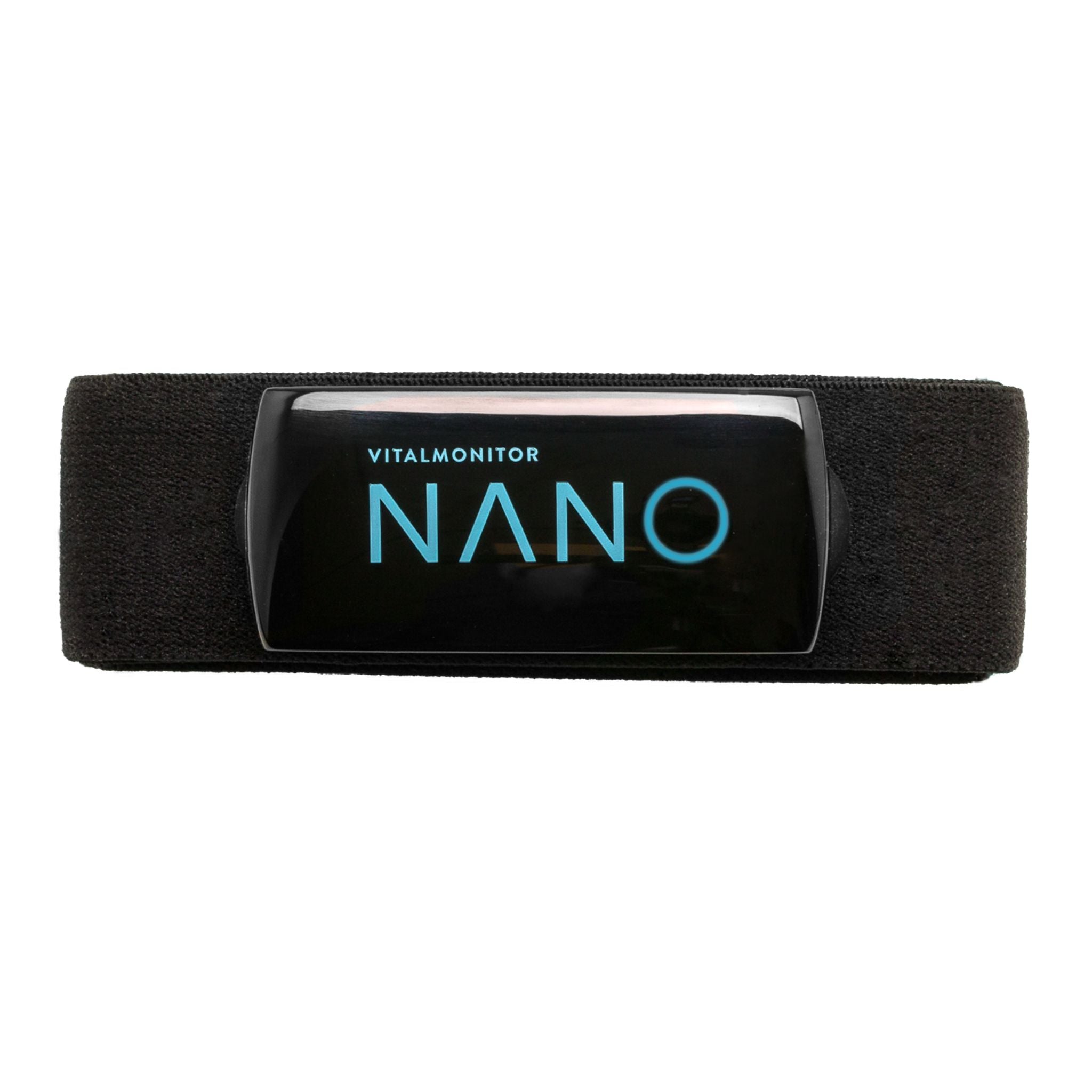
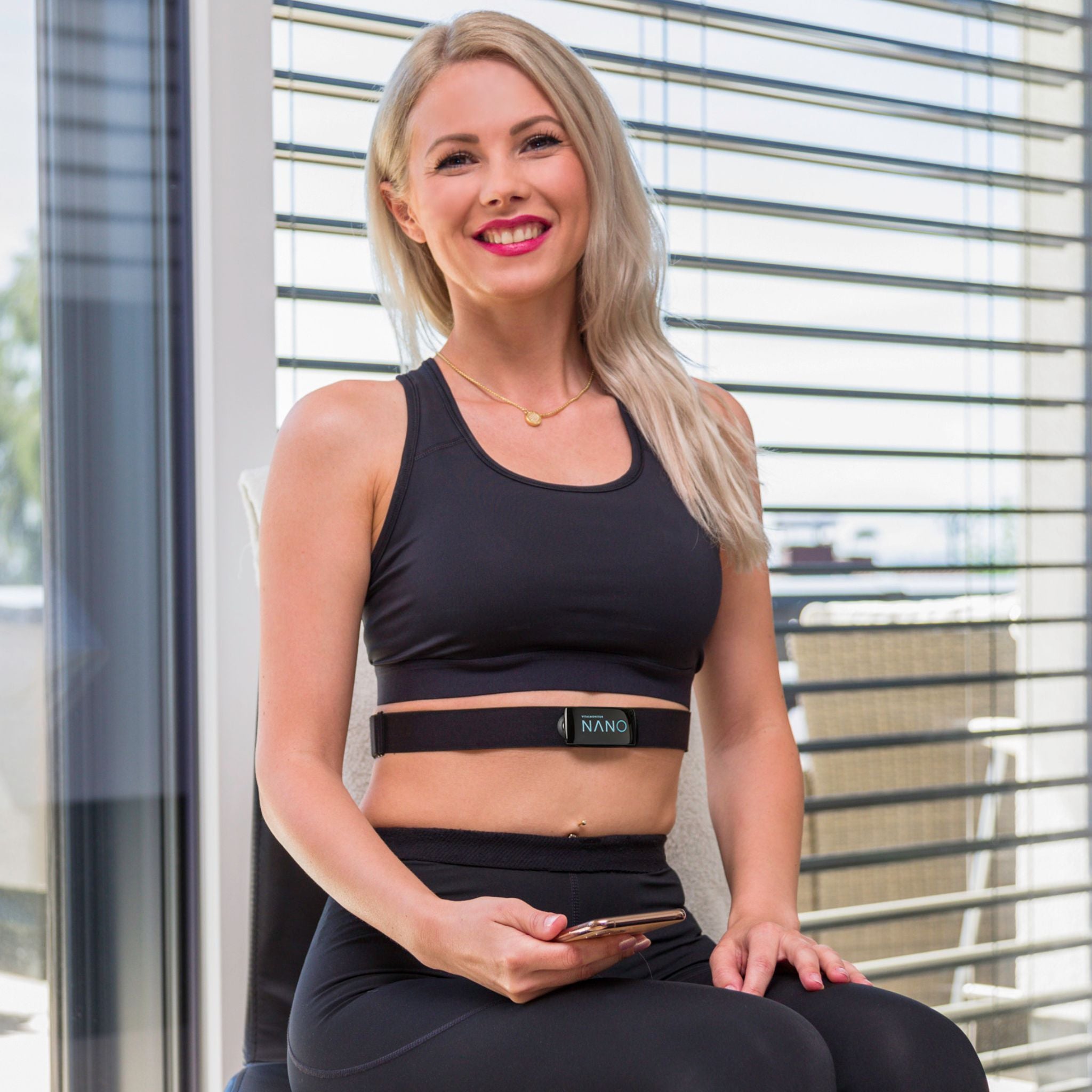
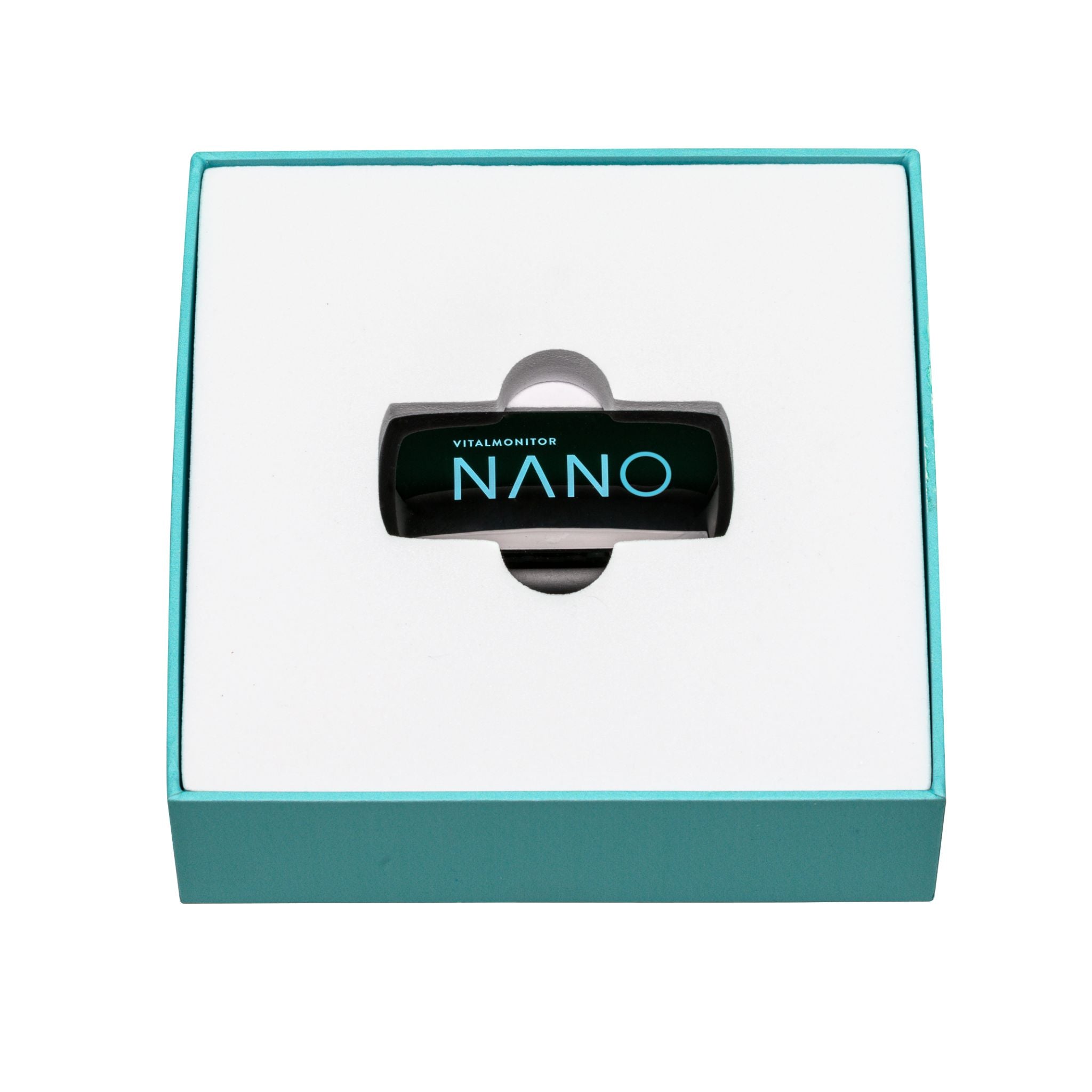
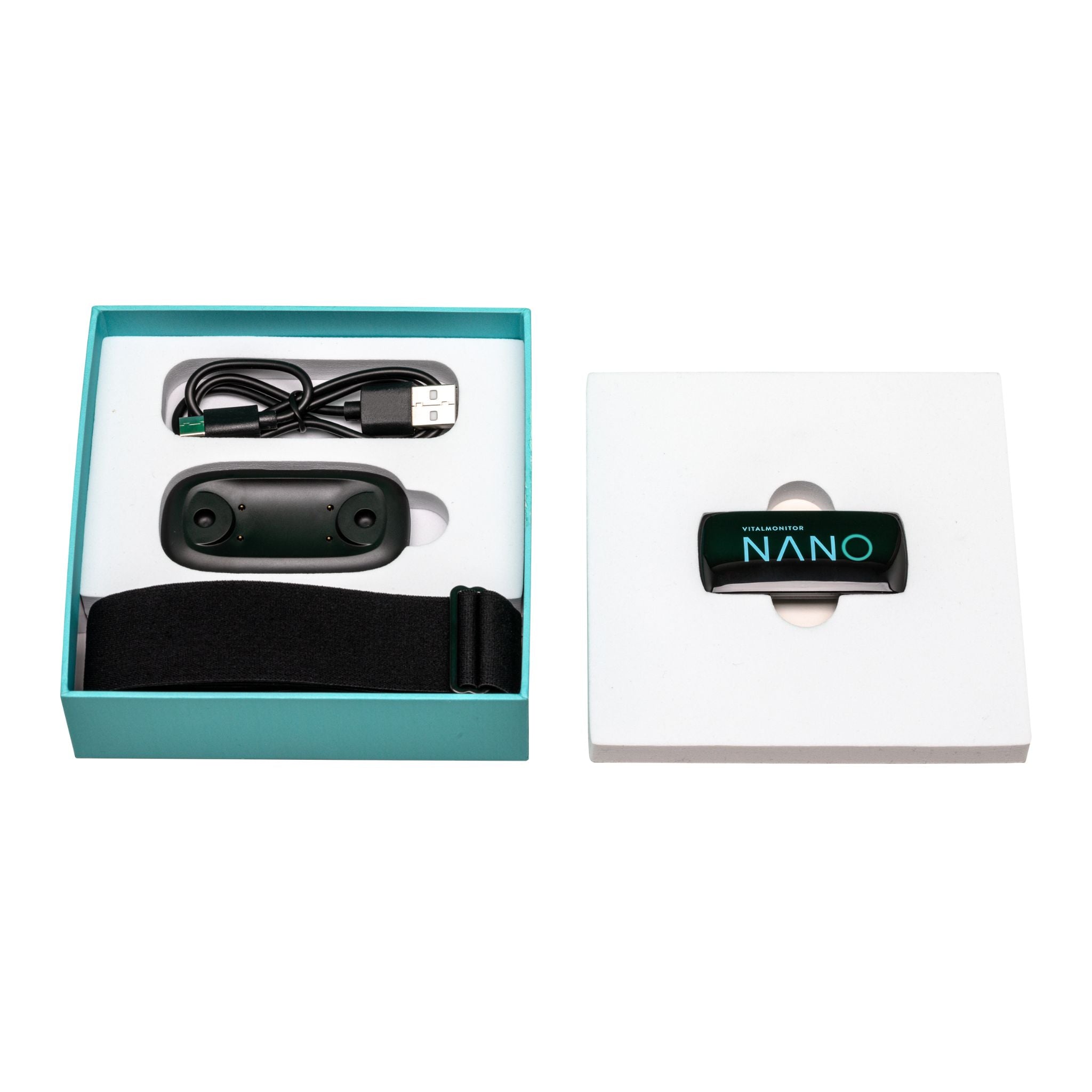
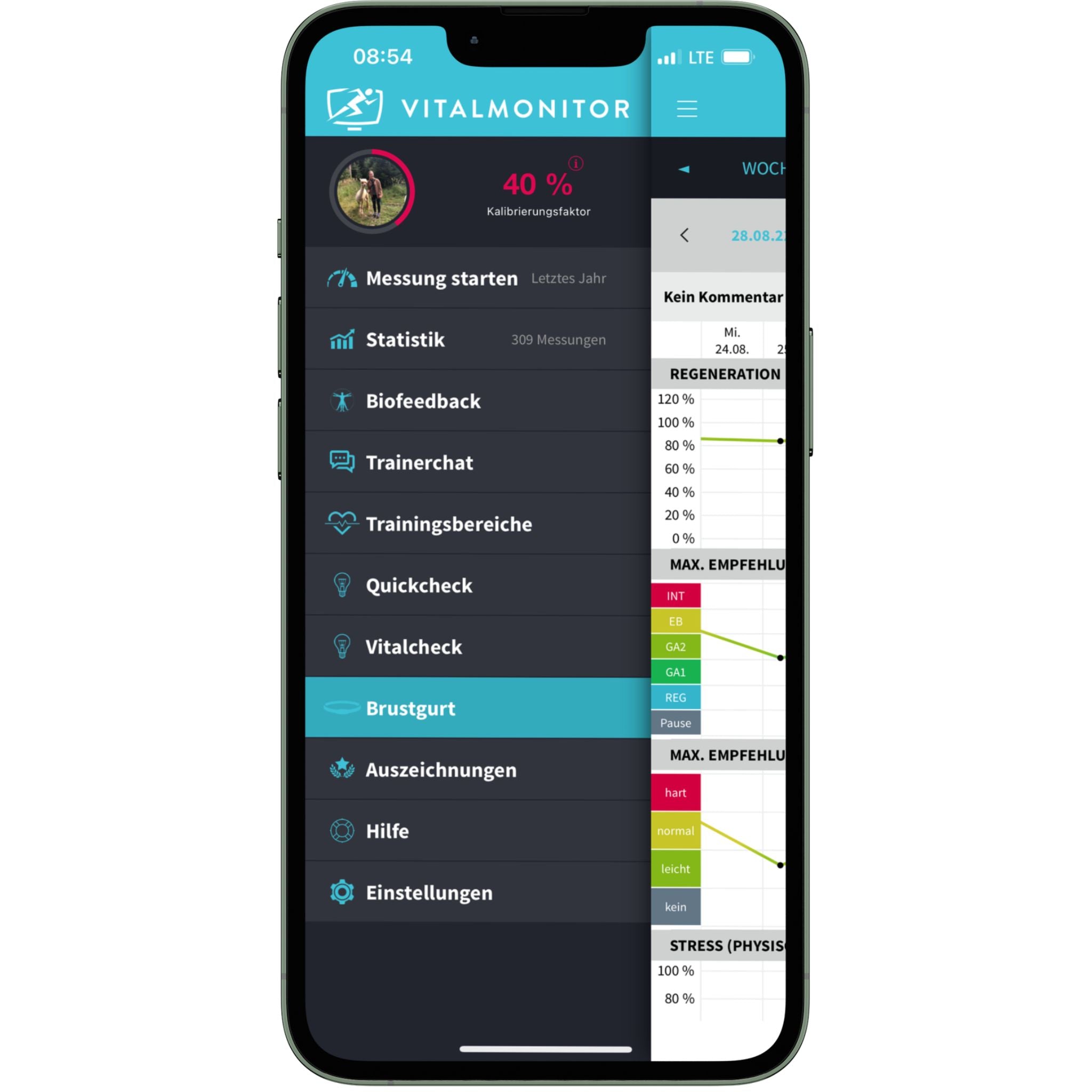
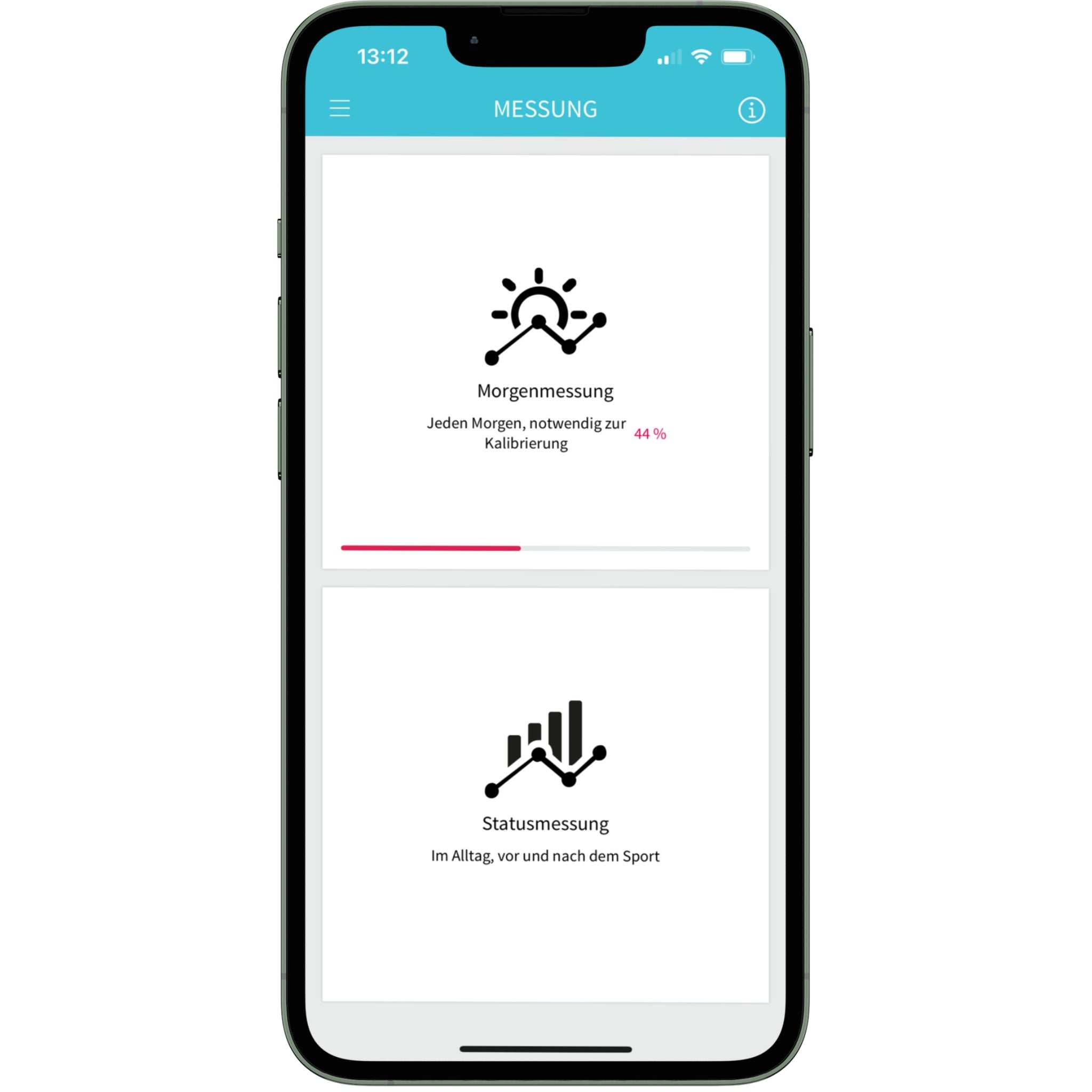
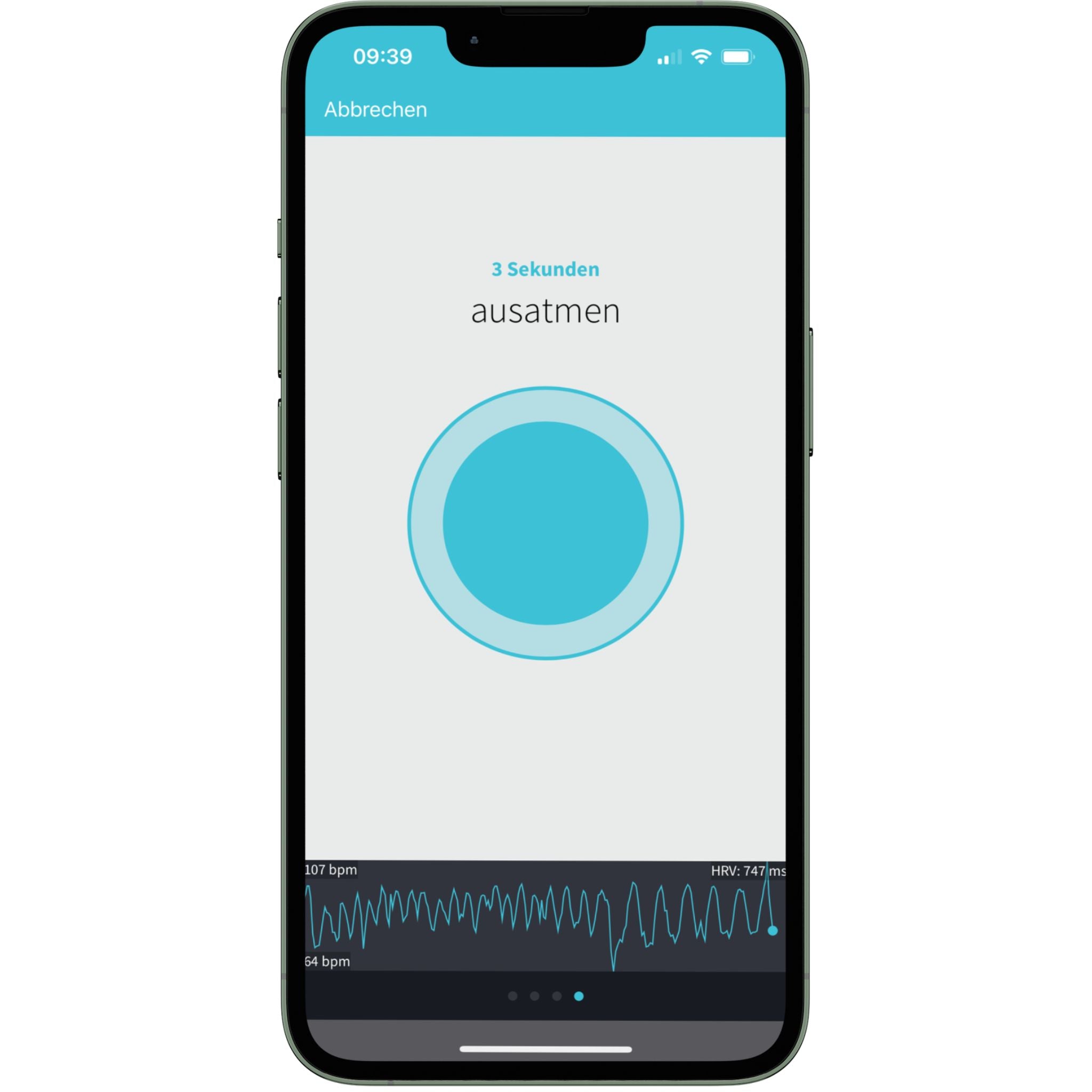
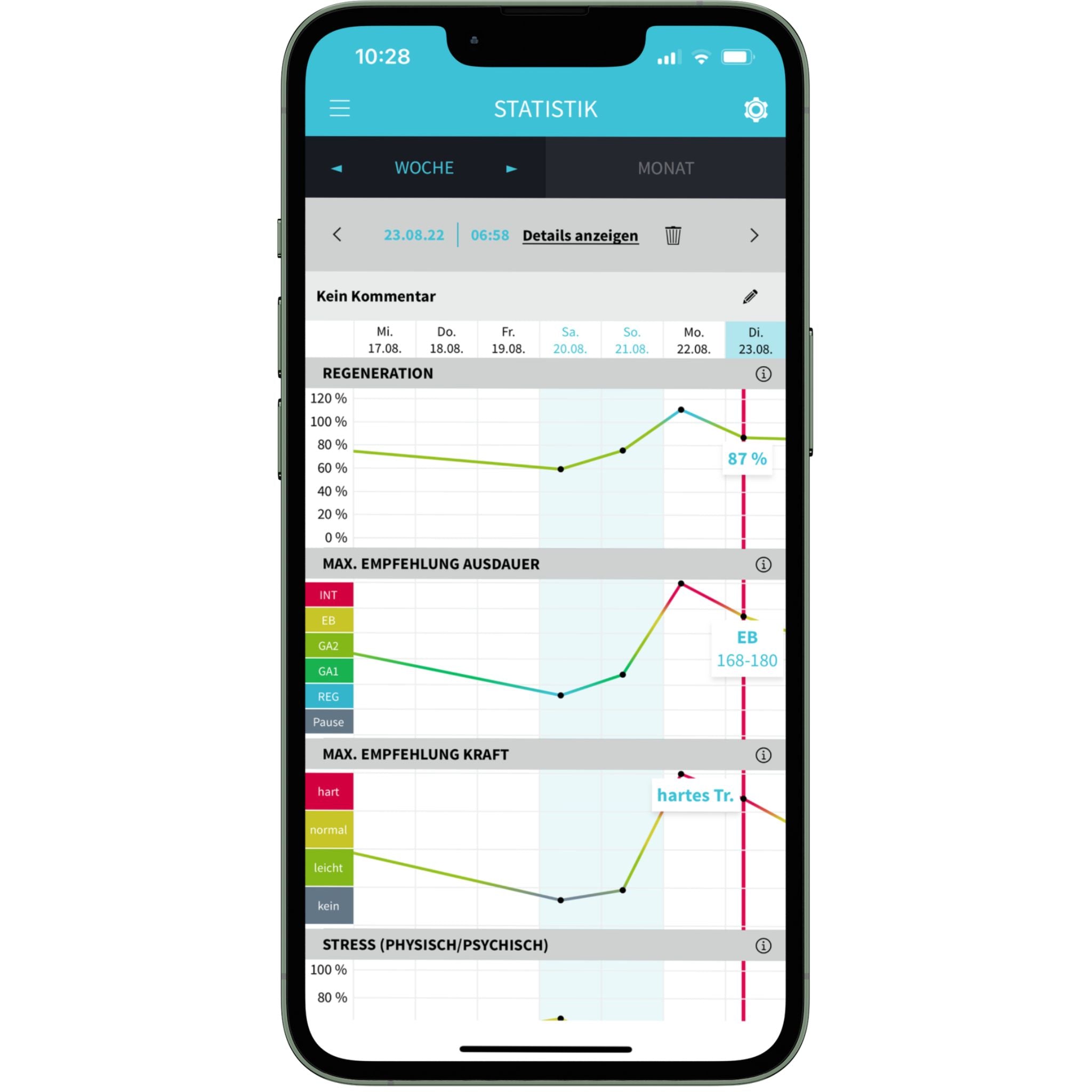
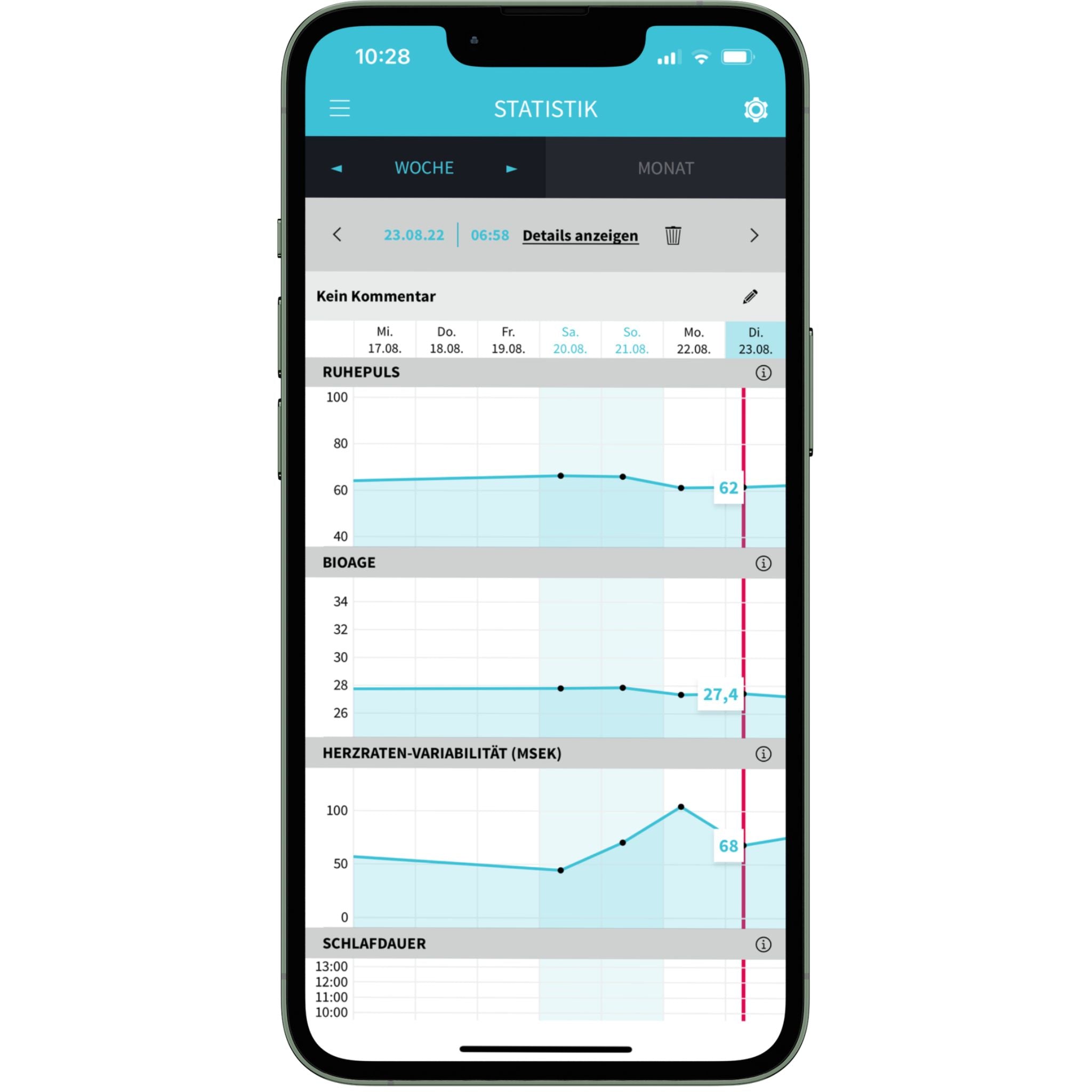
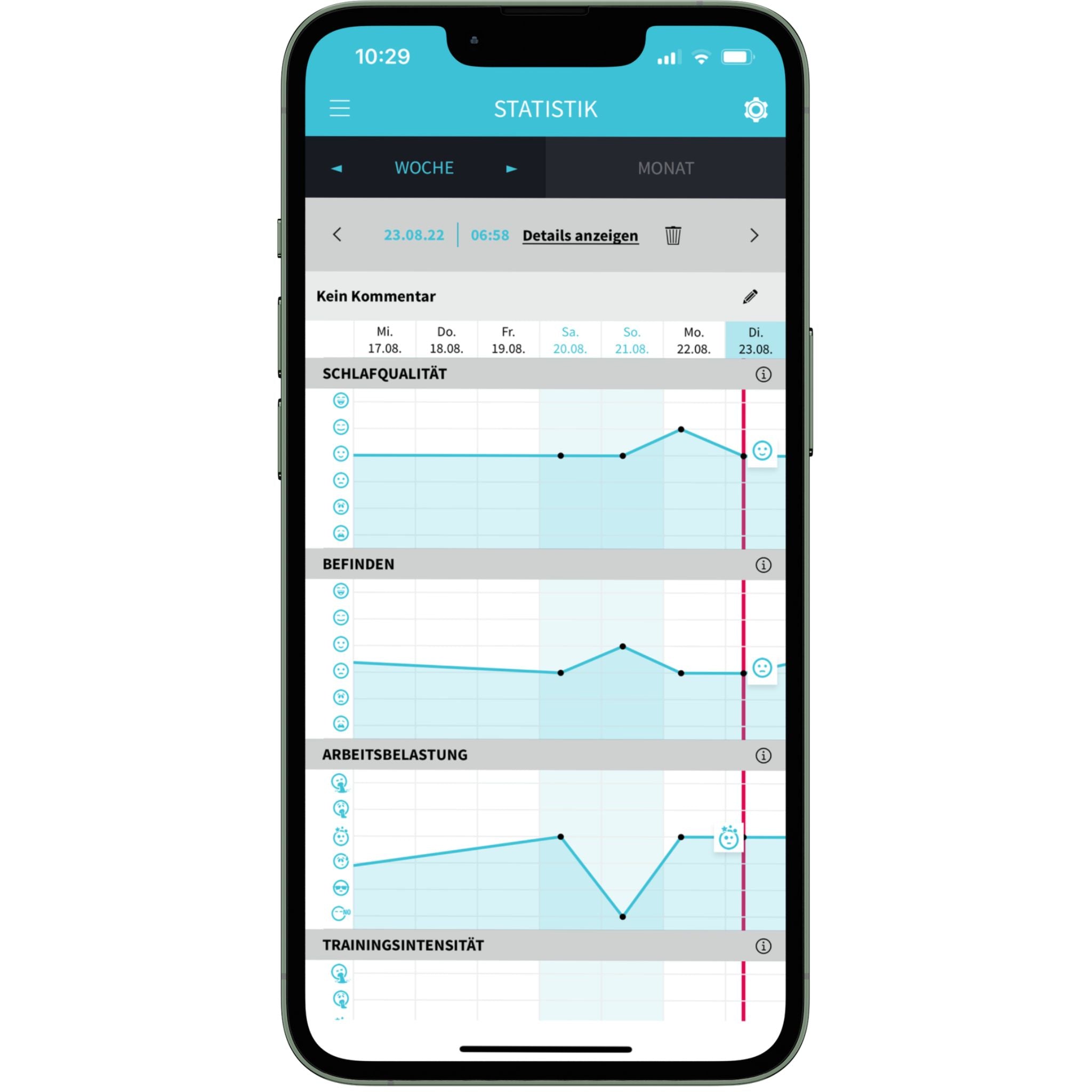
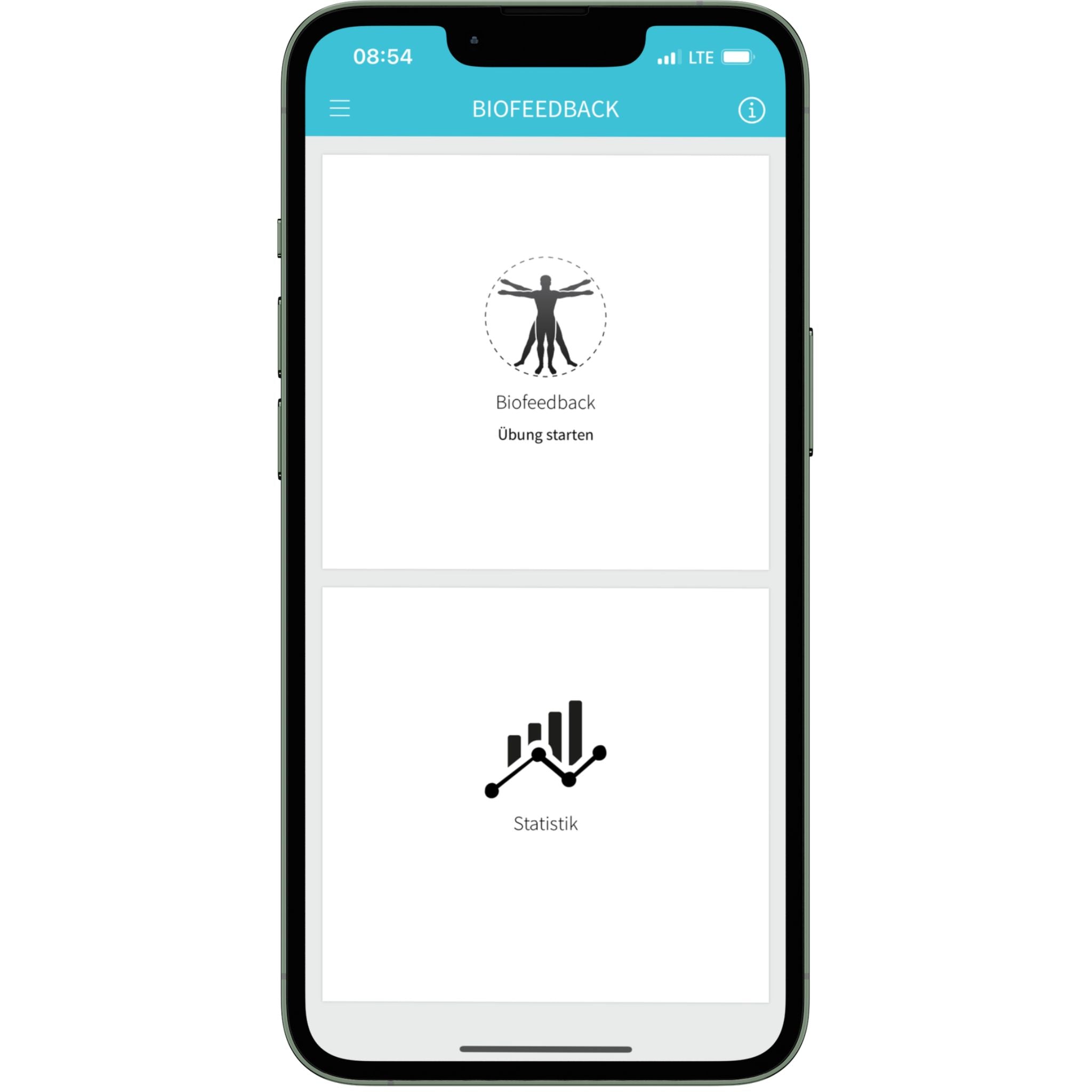
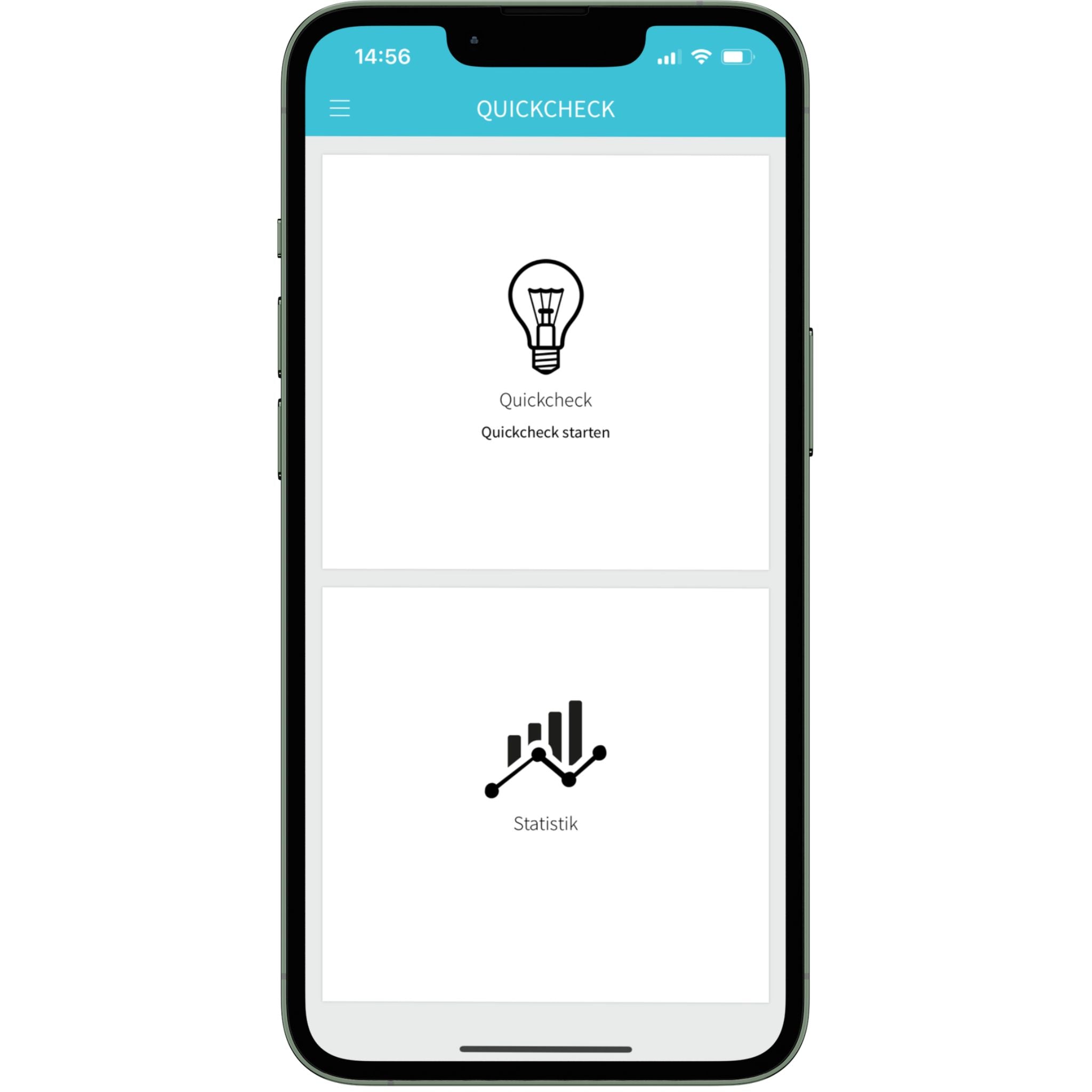
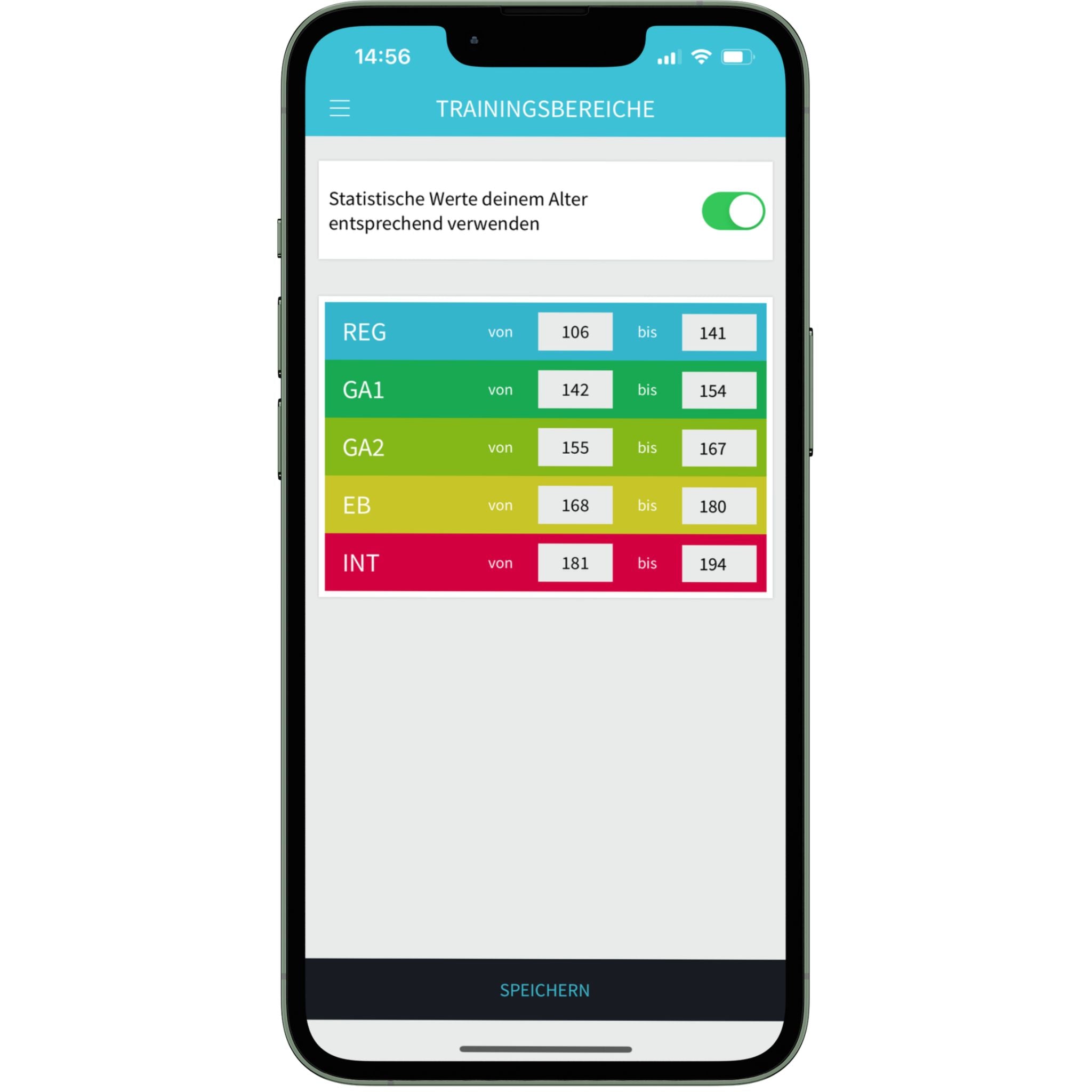
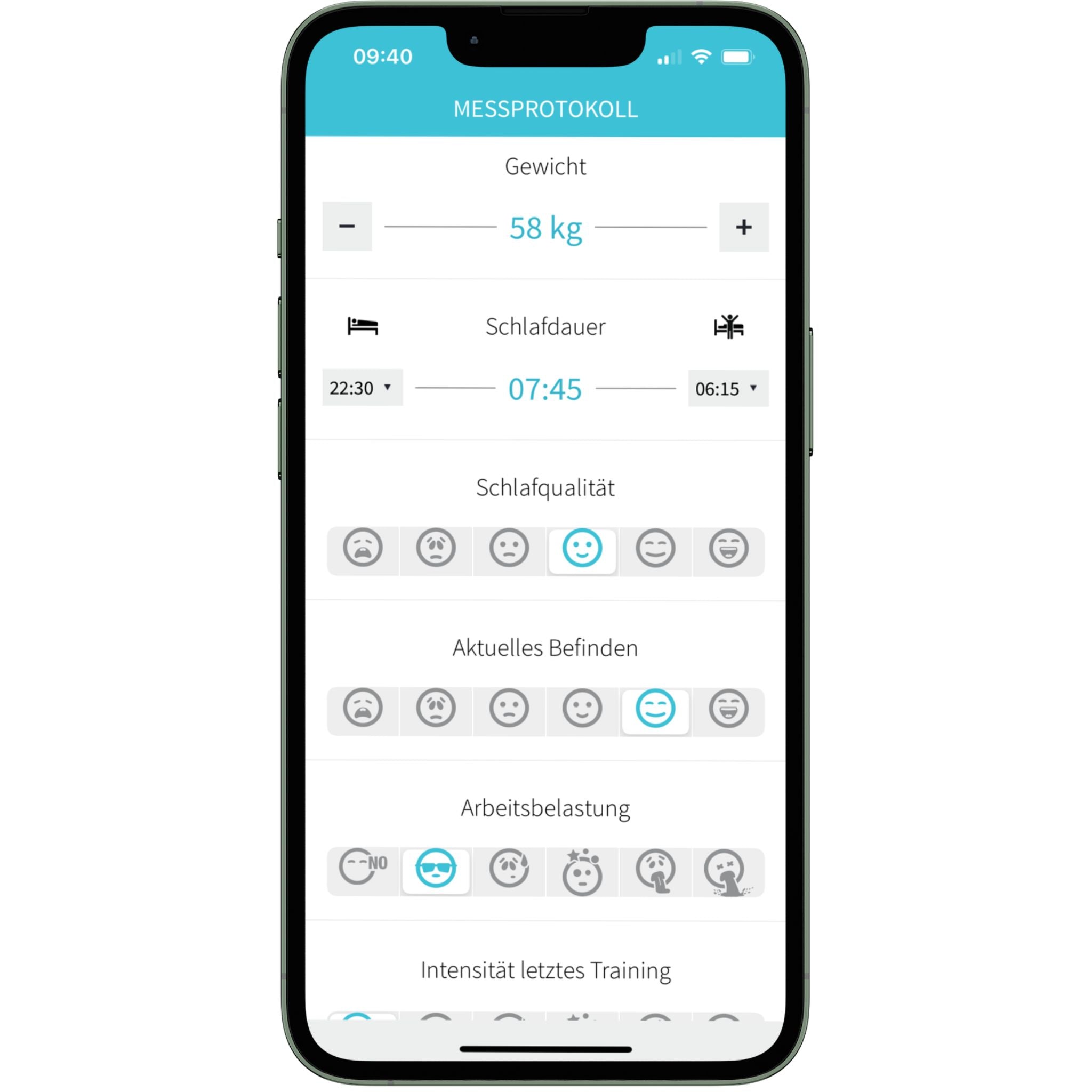
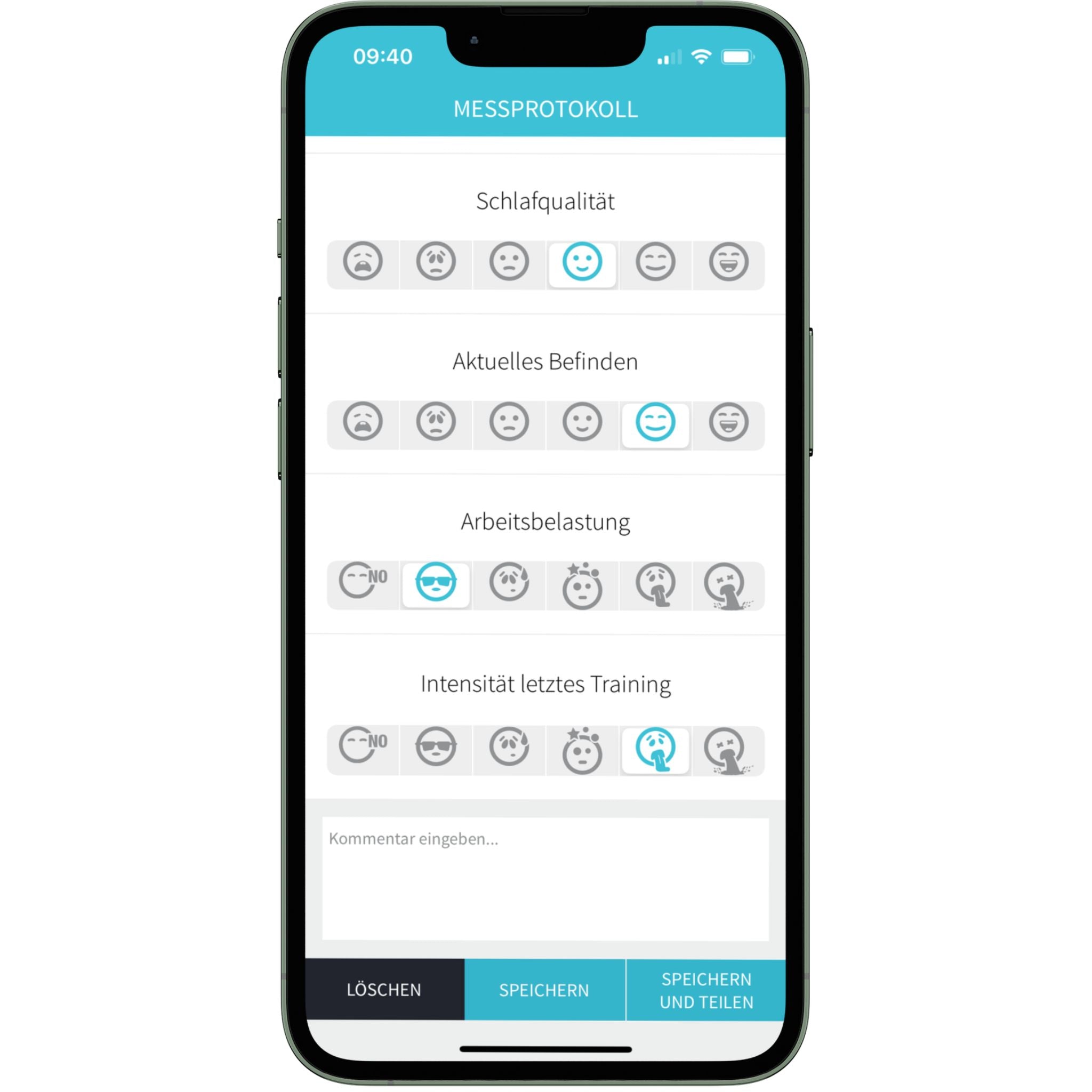
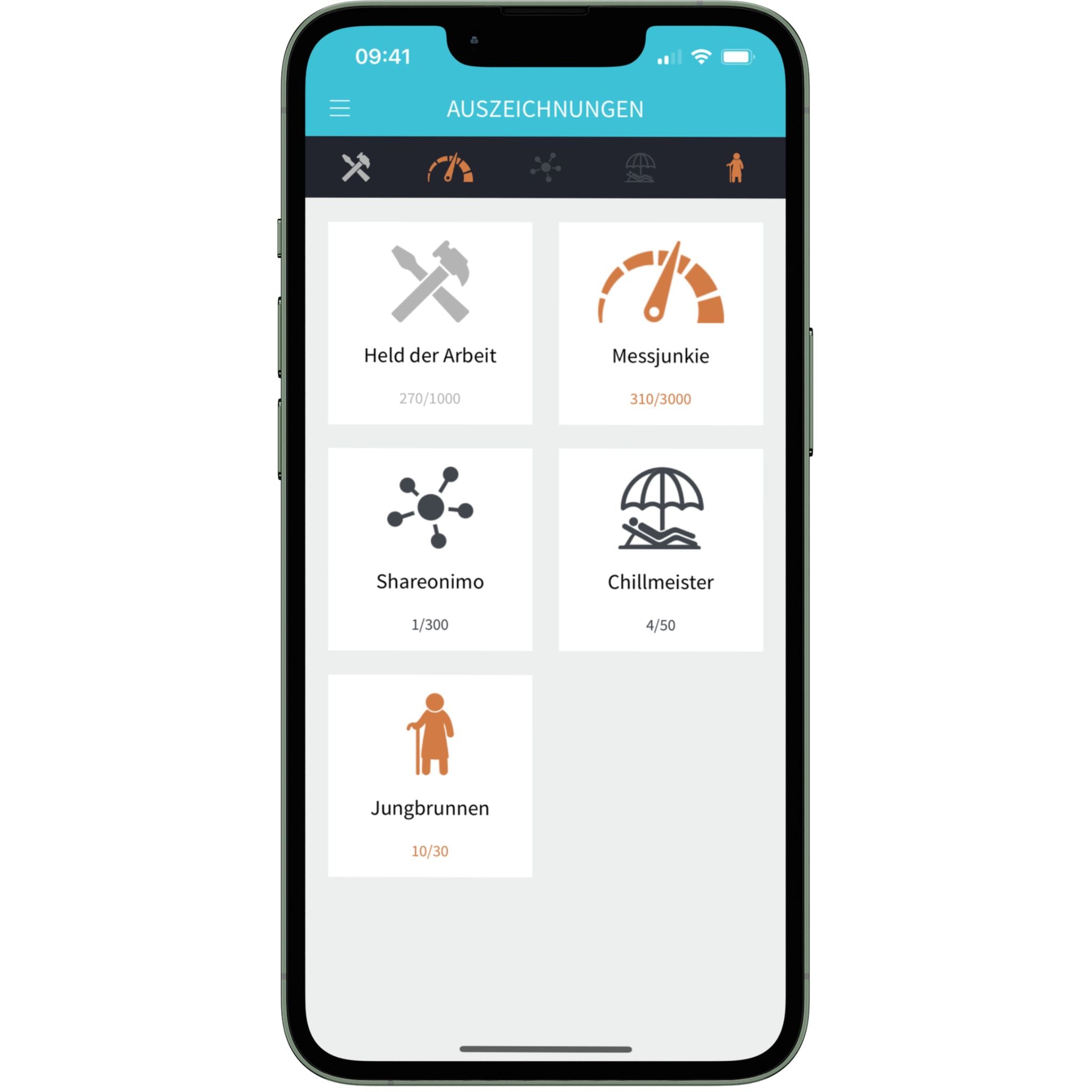
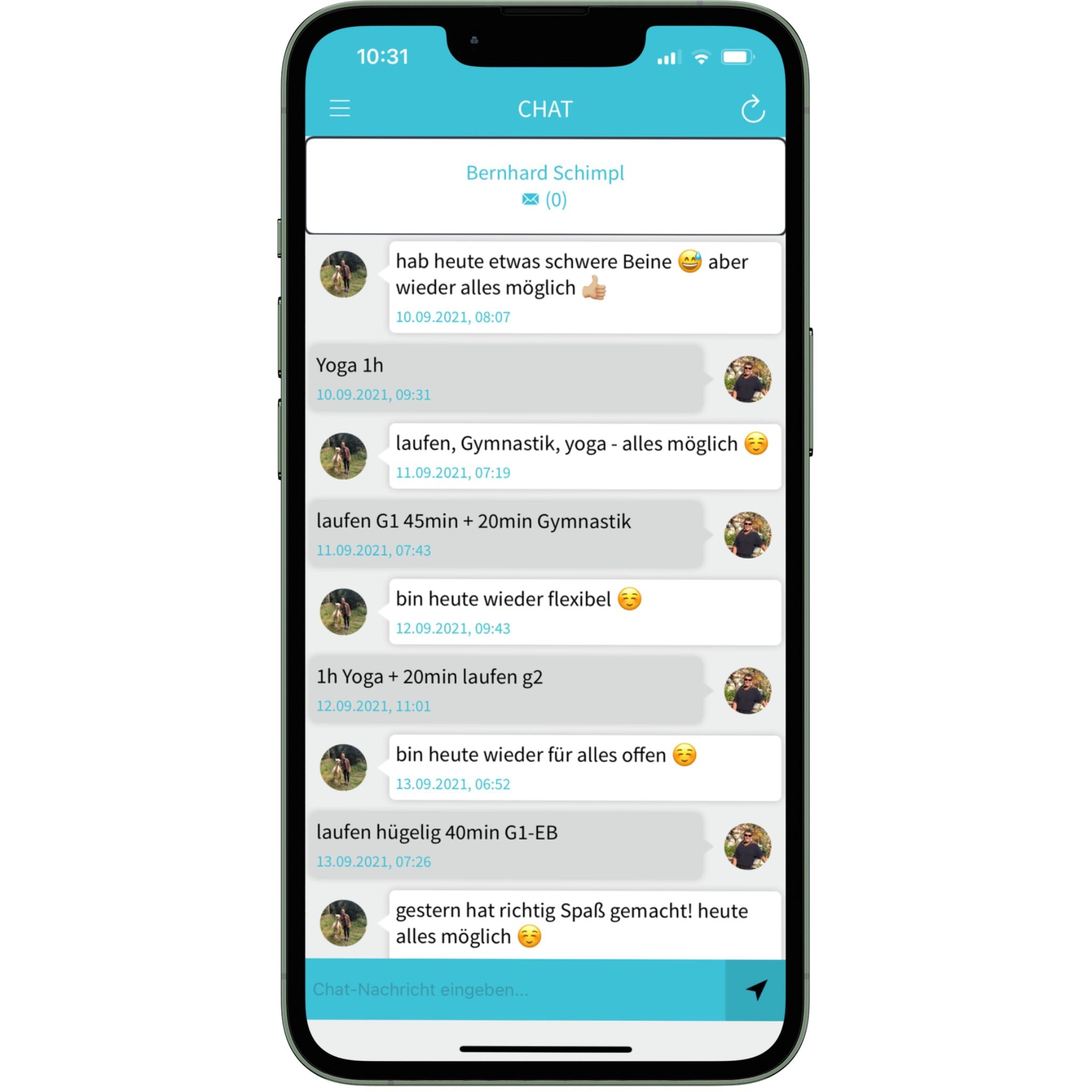
Vitalmonitor Nano
The Vitalmonitor Nano measures your HRV (heart rate variability). This makes precise measurements possible in order to make effective training recommendations or to precisely measure your stress level.
- Effective training recommendations BEFORE training
- Measure regeneration
- Analyze stress levels
- Evaluate lifestyle and health based on BioAge
Our partners



